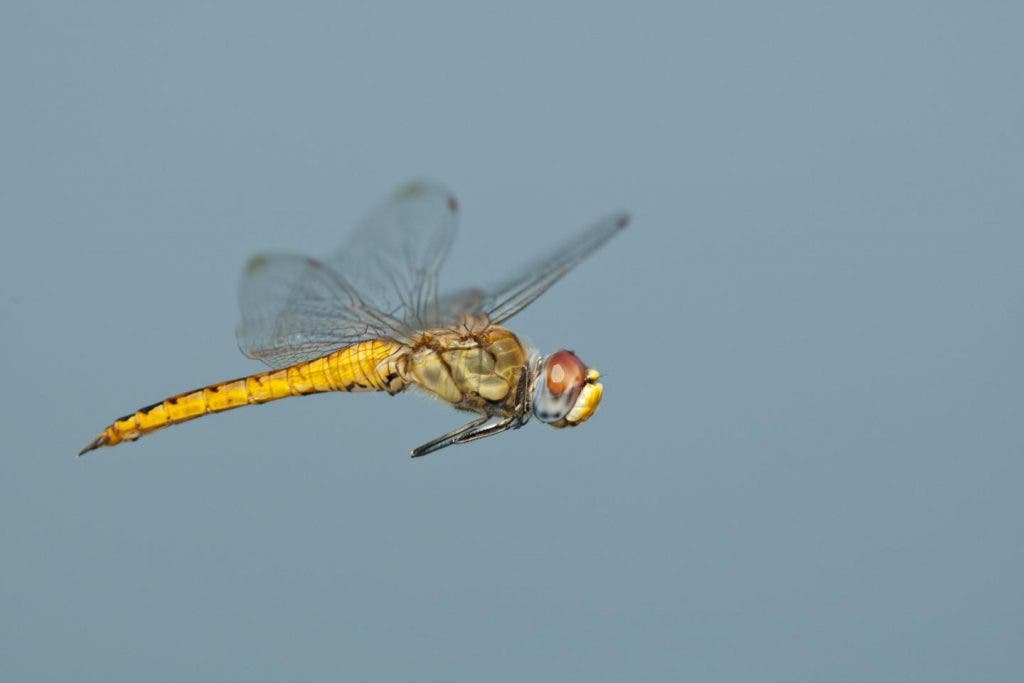Biologists at Rutgers University-Newark found that the world’s longest distance flier is a small dragonfly. Measuring only an inch and a half, Pantala flavescens flies thousands of miles over oceans as it migrates from continent to continent.

The team found dragonfly populations as far apart as Texas, eastern Canada, Japan, Korea, India, and South America. The genetic make-up of these populations were so similar that there’s only one explanation: somehow, these insects are traveling these extraordinarily large distances, breeding with each other as they travel.
“This is the first time anyone has looked at genes to see how far these insects have traveled,” says Jessica Ware, an assistant professor of biology on the faculty of RU-N’s College of Arts and Sciences and senior author of the study. “If North American Pantala only bred with North American Pantala, and Japanese Pantala only bred with Japanese Pantala,” Ware says, “we would expect to see that in genetic results that differed from each other. Because we don’t see that, it suggests the mixing of genes across vast geographic expanses.”
In order to be able to move across such huge distances, the tiny dragonfly evolved in a particular way, adapting in a way that lets them fly as efficiently as possible.
“These dragonflies have adaptations such as increased surface areas on their wings that enable them to use the wind to carry them. They stroke, stroke, stroke and then glide for long periods, expending minimal amounts of energy as they do so.”
No one has actually followed them fly across the oceans, but the indirect evidence seems to be quite convincing. The route they are taking and how long it takes them is anyone’s guess at this point.
“They are following the weather,” says Daniel Troast, who analyzed the DNA samples in Ware’s lab while working toward his master’s degree in biology, which he earned at the university in 2015. “They’re going from India where it’s dry season to Africa where it’s moist season, and apparently they do it once a year.”
The dragonflies take the “longest distance flier” title from another insect, the monarch butterfly.
“Monarch butterflies migrating back and forth across North America were thought to be the longest migrating insects,” traveling about 2,500 miles each way, says Troast, “but Pantala completely destroys any migrating record they would have,” with its estimated range of 4,400 miles or more.




